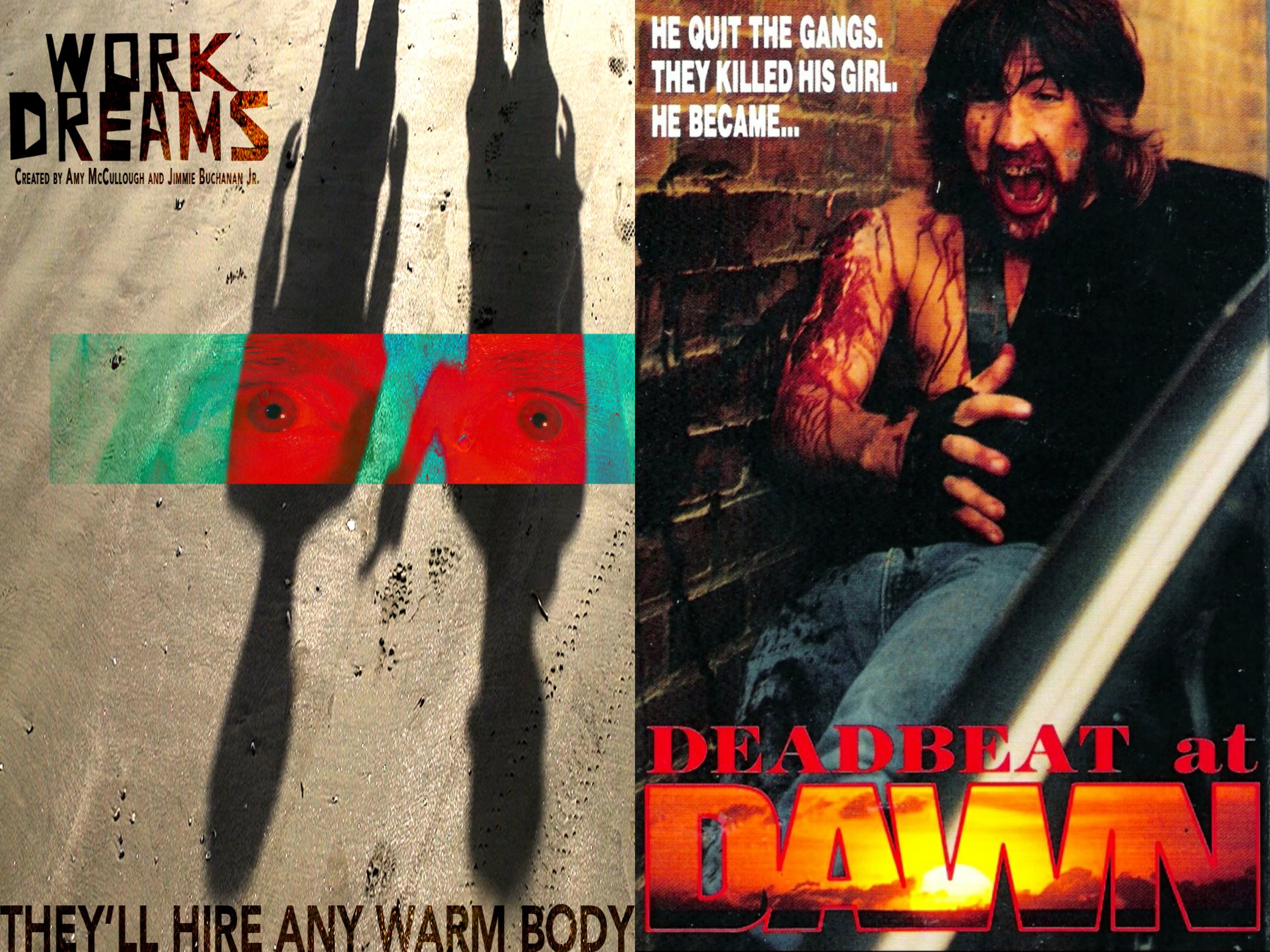Give Thanks: An Alternate Hyperreal Calendar
Violent mutilation (self- and otherwise), DIY spirit, and cinematic masterpieces filled with longing. Did having only three official Hyperreal Film Club screenings leave you hungry for more? Does the thought of going an entire month without another one fill you with more fear than The Grinch on Christmas Eve? Let these Thanksgiving leftovers sate your hunger until we emerge shiny and chrome in the new year.
Tokyo Fist—In My Skin
You know what’s really scary? Multi-hyphenates. The individual roles of actor, writer, and director carry their own immense challenges, so the odds of successfully balancing all three seem unlikely for mere mortals. Shinya Tsukamoto, the Japanese auteur behind Tokyo Fist, shares this unique skill set with French actor Marina de Van, who made her filmmaking debut with 2002’s body horror curio In My Skin.
An obscure entry in the New French Extremity wave that cascaded through art-houses at the turn of the century, In My Skin follows a beautiful career woman named Esther, played by de Van. Everything seems to be falling into place in her personal and professional life when she stumbles outside a work party and cuts her leg. The resulting gash disturbs something deep within, and before long she is seeking solitude as often as possible to indulge in prolonged bouts of self-mutilation/consumption.
Like Tsukamoto, de Van loves to juxtapose the sleek, reflective surfaces of modern urban environments with the grisly corporealized results of psychic torment. But where Tsukamoto brings a heightened, comic book-like energy to his boxing opus, de Van works with a subdued palette more appropriate to her dissociating protagonist. The film begins to take on on a surreal, is-this-happening-or-not quality, particularly a scene where Esther is distracted at an important business dinner by her own hand trying to scurry away. Not quite the gorefest implied by its synopsis, In My Skin delivers a strange, striking vision of self-discovery.
Work Dreams—Deadbeat at Dawn
There’s nothing more invigorating in cinema than watching a bunch of filmmakers throw caution to the wind. Even more impressive when the filmmakers use whatever they can grab to bring their visions to life. Work Dreams, the trippy ode to rebellious workers and beach jazz from filmmakers Amy McCullough and Jimmie Buchanan Jr., is a recent DIY feat that would probably get a nod of appreciation from fellow DIY filmmaker, Jim Van Bebber, whose Deadbeat at Dawn is like the scruffy, bloodied grandfather to every DIY feature that’s come along since 1988.
Like Work Dreams, Deadbeat focuses on the outsiders of society scraping by. Hero Goose (played by Bebber himself) is just a street thug looking to go steady with the love of his life. Once that’s ripped away from him, all bets are off and Bebber’s film soon climaxes into a low-budget slug-a-thon filled with nunchucks and geysers of blood. Like Amy and Jimmie did with Work Dreams, Jim uses whatever funds and friends he had on hand to create a film bursting with scrappy energy and craft.
What Work Dreams does for the coastal city of Galveston—turning it into a bizarre world filled with nefarious corporations and drip coffee stores—Deadbeat does for Dayton and Cincinnati, turning those two cities into a nightmarish landscape filled with drugs and violent thugs. The filmmakers for both of these films bring passion, determination, and their own unique sensibilities to the screen. You may not jive with what they put down, but you can’t deny that these filmmakers aren’t cooking something memorable.
In The Mood for Love—Dil Se
How do you follow up In The Mood for Love, one of the greatest cinematic depictions of longing and desire ever filmed? How do you pair a movie that ranks as one of the most stylish and beautifully conceived films in Wong kar-wai’s very impressive filmography? How can you find a match for a film with two the most charismatic and sexy movie stars to ever stand in front of a camera? Well, you can throw on Dil Se, one of the greatest cinematic depictions of longing and desire ever filmed, a movie that stands out even among director Mani Ratnam’s illustrious career, starring Shah Rukh Khan and Manisha Koirala, two of the most charismatic and sexy movie stars to ever stand in front of the camera.
Dil Se follows journalist Amarkant Varma (Khan) who becomes obsessed with Meghna (Koirala), a beautiful woman he briefly meets at a train station. From there, the film expands dramatically, weaving their romance through political turmoil and terrorist attacks, but much in the same way that In the Mood for Love could be accurately summed up as “two ignored spouses start an affair,” Dil Se is so much more than the sum of its plot. It’s about pure cinematic expression, with some of the most unbelievably gorgeous set pieces and dances I’ve ever seen in a film—the song on the train that comes within the first 15 minutes rivals any Mission Impossible movie for how daring and impressive it is—and a thunderingly charismatic performance from Khan. While the film’s allegorical meaning and sudden ending might be confusing for Western viewers not well-versed in Indian history, it’s nothing that a quick google search won’t fix, and Dil Se is absolutely worth experiencing.






Matthew K. Seidel is a writer and musician living in Austin since 2004. The above selfie was taken in an otherwise empty screening of Heat at 10:30 in the morning. You can find him on Letterboxd @tropesmoker.